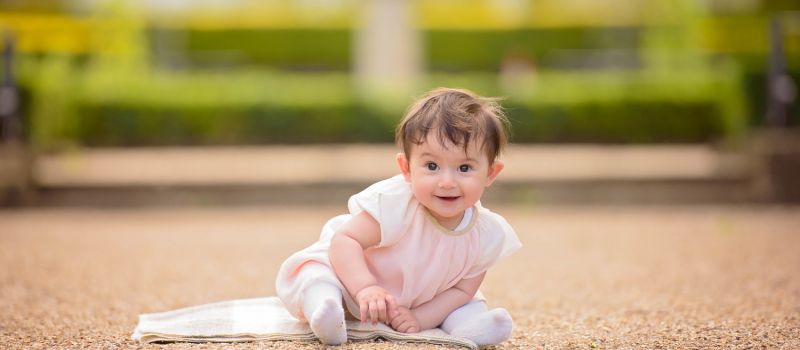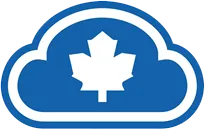Newborn Milestones
By Canada Cloud Pharmacy | Published Monday 04 May 2020

Growth and development milestones help you keep track of your child’s development compared with other children. These milestones help assess your child’s physical growth, cognitive development, emotional/social development, sensory/motor development, and language development. You can use these milestones as guidelines - if your child consistently misses milestones or regress, speak with your specialist.
Milestones before 1 years old:
By 4 months old, your baby should have doubled his birth weight. At this time, your baby can roll over (from belly to back and vice versa) and have enough control over their hands that they can bring their hands together to play or grab a toy.
At 6 months old, most babies have good control over their head and neck motions and can sit for a few moments with their legs spread apart. Babies may not be able to sit steadily, or change positions, until month 8 or 9. As they gain more control over their legs, they may be able to grab their feet when lying down and bring it to their mouth. They have more control over their hands now and can pass toys between 1 hand to another. Soon, they’ll be able to hold smaller items and by 9 months old, they can use their thumbs, along with the rest of their hand, to pick up very small items. 8 months old is also when baby starts to make ‘mama’ and ‘dada’ noises (although they don’t know what it means yet).
Babies can start to crawl by month 10 and have made the connection that ‘mama’ and ‘dada’ are calls for specific people.
1-year old milestones
By 1 year old, your baby may have tripled his birth weight and reached ~70cm long. However, growth rates are only a rough guide - if you and your partner are large or small, then your baby is likely to follow that pattern as well. This is also the time where your baby starts to take their first steps and get their first teeth. You may notice that your child remembers things that happened a few hours, or even a few days, ago. At 1 years old, most children still only want to play with their parents instead of other children. Babies can identify each parent (usually by name) and start to make different sounds and inflections. Babies can also recognize their own names and might be able to say 3 words. Sometimes children can walk on their own but some one year olds still need to ‘cruise’. 1-year-olds like to put things in their mouths; it’s their way of learning about objects. At this point, they have also mastered the ‘pincer grasp’ (where they use their thumb and second finger to grasp objects).



 Canadian Company
Canadian Company 



 Sign In
Sign In
 Home
Home 
 About Us
About Us 
 How to order
How to order 
 Products
Products 



